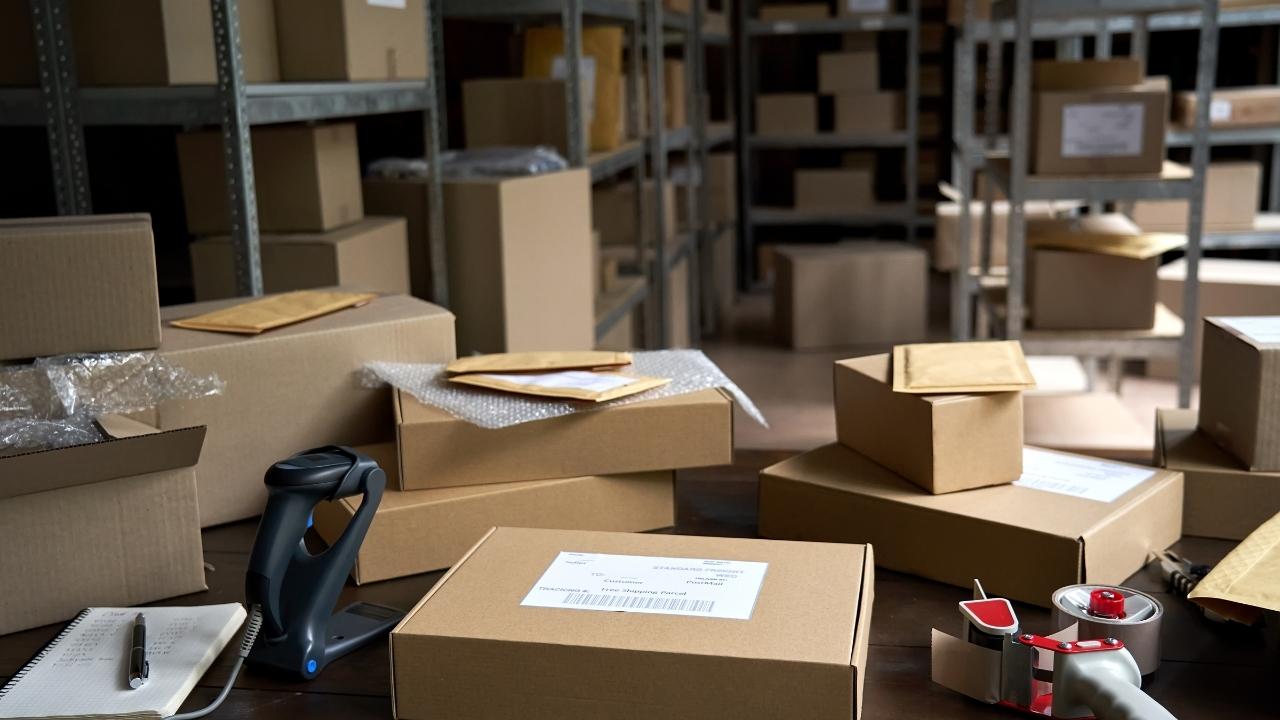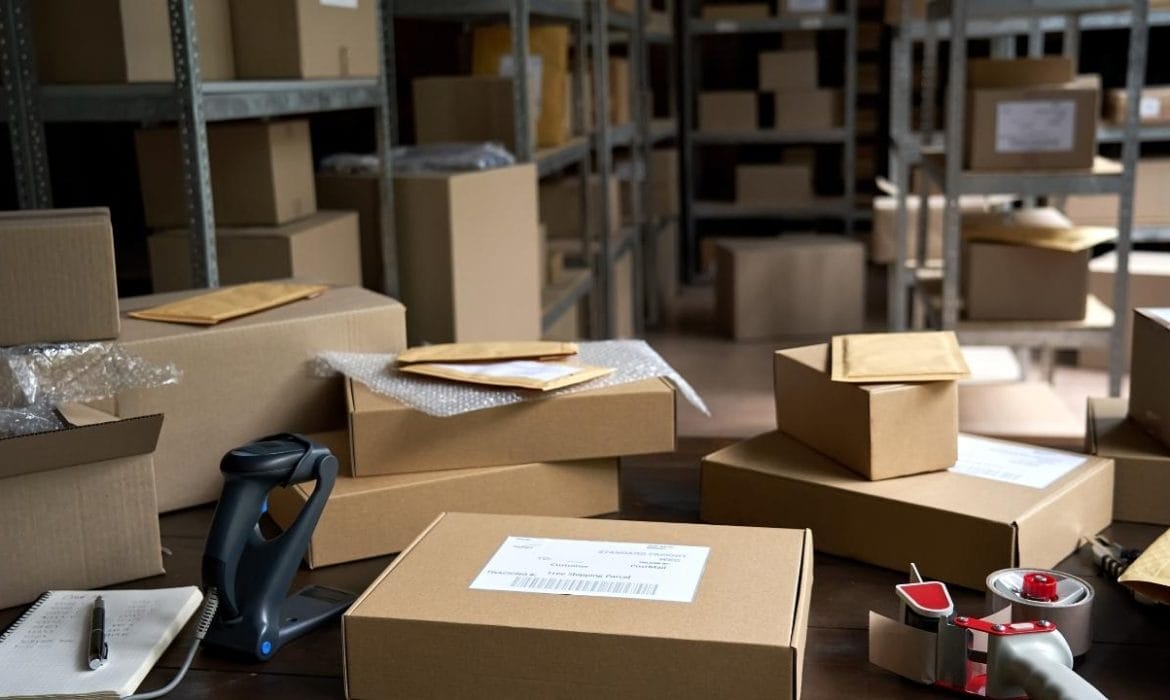
Are you a seller on Amazon’s FBA program and looking for the cheapest way to get your inventory to their warehouses? The debate over FBA shipment costs has been ongoing for years, with different carriers offering varying rates and benefits.
However, one carrier that has been gaining attention in this discussion is UPS. Using UPS for FBA shipments has its pros and cons, and it’s crucial to assess them before making a decision.
In this article, we’ll explore the benefits and drawbacks of using UPS for FBA shipments, as well as provide tips for saving money on FBA shipping costs. By the end of this article, you’ll have a better understanding of whether UPS is the best shipping option for your FBA inventory.
The Debate over FBA Shipment Costs
The ongoing debate about FBA shipment costs has left many sellers wondering if UPS is truly the cheapest option available. Some sellers argue that UPS offers the most competitive rates, while others believe that there are other carriers that can provide better pricing.

One factor to consider when evaluating shipment costs is the size and weight of the package. UPS may offer better rates for heavier packages, but other carriers may be more cost-effective for smaller shipments. Additionally, shipping costs can vary depending on the origin and destination of the package, as well as the shipping method selected.
Ultimately, it’s important for sellers to do their research and compare pricing from multiple carriers to determine the most cost-effective option for their specific needs.
The Pros of Using UPS for FBA Shipments
You’ll love the convenience of using UPS for your FBA shipments, as they offer several advantages over other carriers.
Firstly, UPS offers a wide range of shipping options, so you can choose the one that best meets your needs. They also provide detailed tracking information, so you can keep track of your shipment every step of the way.

Another advantage of using UPS for FBA shipments is their reliability. They’ve got a proven track record of delivering packages on-time, which is especially important when it comes to FBA shipments.
Plus, their customer service is top-notch – if you encounter any issues with your shipment, they’ll work with you to resolve them quickly and efficiently.
Overall, if you want a hassle-free FBA shipment experience, UPS is definitely worth considering.
The Cons of Using UPS for FBA Shipments
Don’t overlook the potential downsides of using UPS for your FBA shipments, as there are some factors to consider before making your final decision.

One of the main cons of using UPS is the cost. While UPS may be cheaper in some cases, it can also be more expensive than other shipping options, especially for larger or heavier shipments. Additionally, UPS charges fees for things like address corrections, residential delivery, and fuel surcharges, which can add up quickly and eat into your profits.
Another disadvantage of using UPS is the potential for delays or lost packages. While UPS is generally reliable, there is always the chance for unexpected issues like weather delays or lost packages. This can be especially frustrating if you have time-sensitive products that need to arrive at the Amazon fulfillment center by a certain date.
It’s important to weigh the potential risks against the benefits of using UPS and consider other shipping options before making your final decision.
Tips for Saving Money on FBA Shipping Costs
Saving money on FBA shipping costs can be achieved by optimizing package weight and dimensions, as well as utilizing discounted shipping services such as USPS and FedEx.

One way to optimize package weight is by using lightweight packaging materials such as bubble mailers or poly bags, instead of boxes. Additionally, ensuring that the package dimensions are as minimal as possible can also help reduce shipping costs. This can be achieved by choosing the appropriate box size for your product, and removing any excess packaging material.
Another way to save money on FBA shipping costs is by taking advantage of discounted shipping rates offered by carriers such as USPS and FedEx. These carriers may offer lower rates for high volume shippers, or for those who use their online shipping tools to create labels. It’s also important to compare rates between carriers to ensure you’re getting the best deal.
By taking these steps, you can lower your shipping costs and increase your profits as an FBA seller.
Choosing the Best Shipping Option for Your FBA Inventory
When it comes to shipping your FBA inventory, it can be overwhelming to choose the best option for your business. There are several factors to consider, such as the size and weight of your products, your shipping destination, and your budget.

To make an informed decision, start by researching the different shipping options available to you and comparing their prices and services. The most common shipping options for FBA inventory are UPS, FedEx, and USPS. Each company has its own strengths and weaknesses, but ultimately, the best option for your business will depend on your specific needs.
For example, if you need to ship large and heavy items, UPS may be the most cost-effective option. However, if you need to ship small and light items, USPS may be the cheapest choice. Take the time to compare the rates and services of each company to find the best fit for your business.
Conclusion
So, you’ve been debating the best way to get your FBA inventory to Amazon and are considering using UPS. While UPS may offer some advantages, such as reliable tracking and potentially lower costs for certain shipment types, it’s important to weigh the cons as well, such as potential delays and extra fees.
Ultimately, the best shipping option for your FBA inventory will depend on your specific needs and preferences. However, by following some money-saving tips and doing your research, you can find the most cost-effective and efficient way to get your products to Amazon and start growing your business.

Happy shipping!
Did you miss our previous article…
https://zonspeed.com/https-projectfba-com-amazon-box-label

